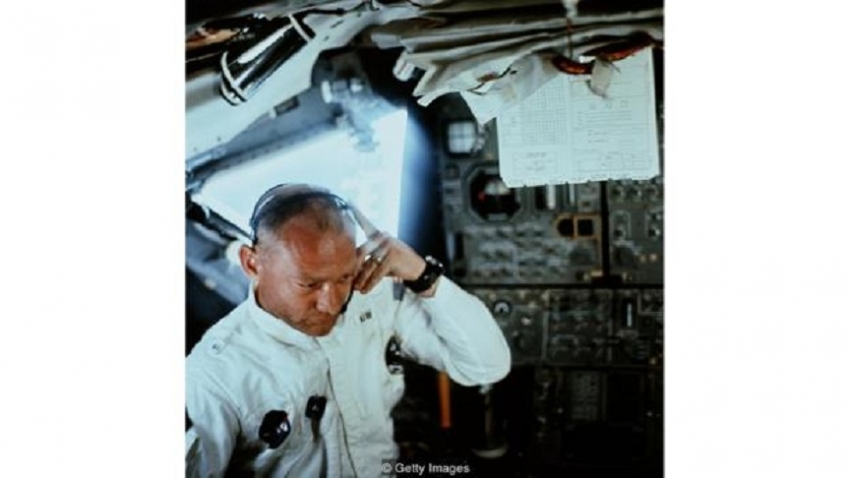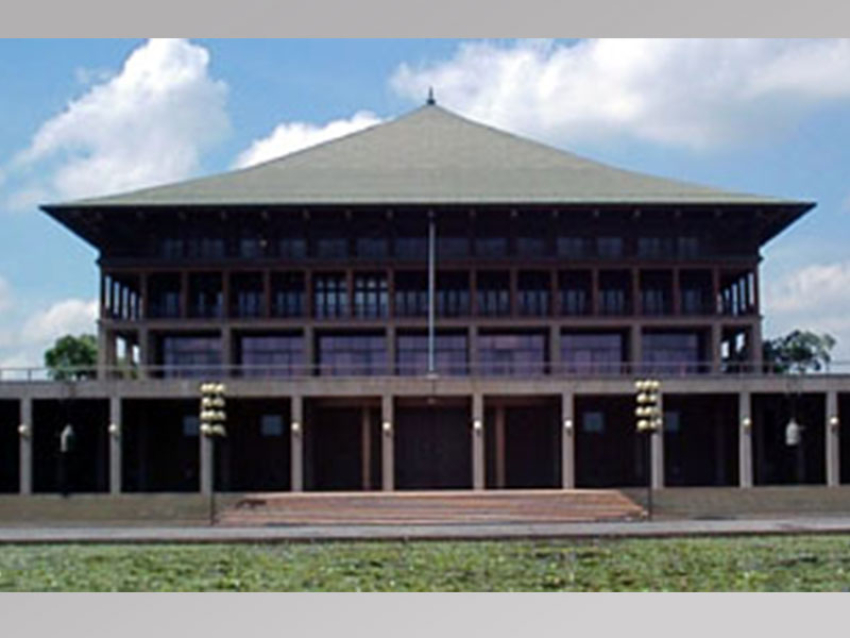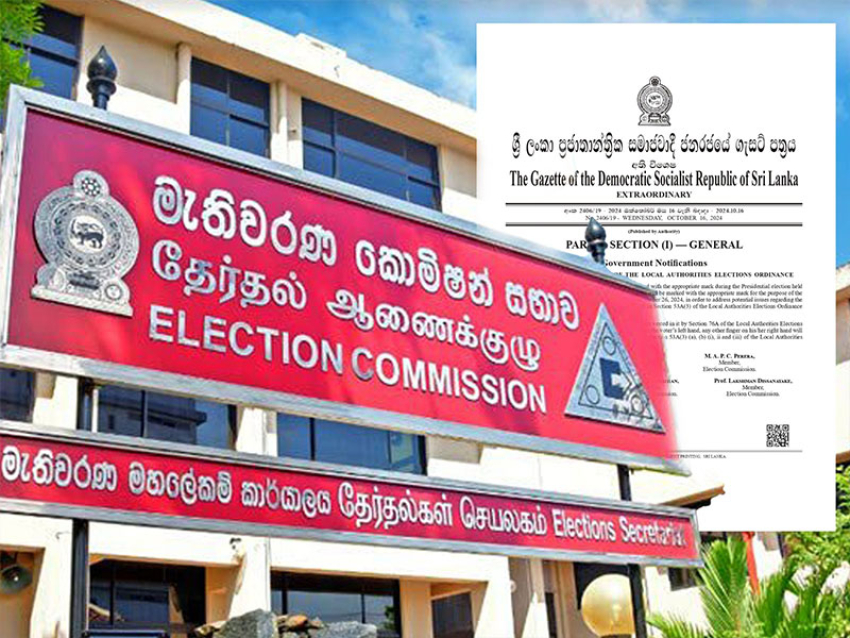The president who pledged to land a man on the Moon by the end of the decade wasn’t enthusiastic about space exploration.
“I’m not that interested in space,” John F Kennedy told the head of Nasa, James Webb, in a private meeting at the White House in 1962. “I think it’s good, I think we ought to know about it, we’re ready to spend reasonable amounts of money but we’re talking about these fantastic expenditures which wreck our budget.”
The conversation, released by the John F Kennedy Presidential Library, reveals the President’s true motivations: to beat the Soviet Union.
“In my opinion, to do it in this time or fashion, is because we hope to beat them,” he says, “and demonstrate that starting behind, as we did by a couple years, by God, we passed them.”
You might also like:
• The iconic photo that summed up our place in the Universe
• The giant computer strapped to a rocket
• How many marathons to the Moon
But the cost of winning the space race would be enormous.
The total estimated cost of the Apollo programme came to around $25bn, equivalent to $175bn (£140bn) today. In 1965, Nasa funding peaked at some 5% of government spending, today it’s a tenth of that.
Those billions paid for the rockets, spacecraft, computers, ground control and the 400,000 or so people needed to land just 12 men on the Moon.
34: Percentage of public approval for Moon missions in 1967
Was the $25bn spent putting men on the Moon money well spent? Not according to American tax payers in 1967.
Polling data from the time – compiled by Roger Launius from the National Air and Space Museum in Washington DC and published in the Space Policy journal – suggests the US public was unconvinced that space was a national priority.
Apollo 13 crew after splashdown (Credit: Getty Images)
After the near-disaster of Apollo 13, public interest in the space programme waned (Credit: Getty Images)
Even in 1961, at the height of fears of Soviet dominance in space, people were – at best – ambivalent about funding Apollo.
Polls in June of that year show an even split between those in favour of the government funding “human trips to the Moon” and those against. In the wake of the January 1967 Apollo 1 fire which killed three astronauts on the launchpad, more than half of respondents were opposed to the missions.
Only in the immediate aftermath of the Apollo 11 Moon landing in 1969, does the project win broad support. Nine months later, following the Apollo 13 disaster, backing for the missions wanes again.
It’s a myth that the Apollo missions were a great national undertaking with universal support
When Gene Cernan and Harrison Schmitt walk on the Moon during Apollo 17, almost 60% of the American public believes the country is spending too much on space. By this time, however, space budgets have already been slashed and further lunar missions cancelled.
It’s a myth that the Apollo missions were a great national undertaking with universal support. If the polling is to be believed, most Americans would rather have seen the money spent elsewhere.
100,000: Cost of an Apollo spacesuit, in US dollars
The spacesuits designed for walking on the Moon had to be tough, strong and supportive. It’s not surprising then, that Nasa commissioned them from a bra manufacturer – the International Latex Corporation.
Each custom-made suit was made up of multiple layers of plastic fibres, rubber and metal wires, all covered in Teflon-coated cloth, hand-stitched by a team of seamstresses.
Apollo suit testing (Credit: Nasa)
The articulated spacesuits were made by a bra company (Credit: Nasa)
The Apollo suit had a separate backpack containing life support systems – effectively turning it into a self-contained spacecraft. With flexible joints to give astronauts a good range of movement, it was a significant advance on previous designs developed for Nasa’s earlier Gemini programme.
“The Gemini suit was really a problem and, without any doubt whatsoever, the real limitation in what we could do outside the spacecraft,” says Apollo 9 astronaut Rusty Schweickart.
During a spacewalk in March 1969, Schweikart became the first person to test the new outfit, stepping outside his Apollo spacecraft in orbit around the Earth.
My friends were going to have to run around on the surface of the Moon and they couldn't drag a heavy umbilical a mile across the lunar surface – Rusty Schweickart
“It really made me independent of the spacecraft – I had no umbilical with the command service module I had just a tether to keep me from drifting away,” he says.
“My friends were going to have to run around on the surface of the Moon and they couldn't drag a heavy umbilical a mile across the lunar surface, so we had to have that independent backpack.”
For the later Apollo missions the spacesuit was upgraded again to improve flexibility, allowing the astronauts to sit down in the lunar rover.
388m: Cost of building the lunar landers, in US dollars
Before Apollo 11 launched to the Moon, President Richard Nixon prepared two speeches – one for success and another in case the astronauts were stranded.
“Fate has ordained that the men who went to the Moon to explore in peace will stay on the Moon to rest in peace,” the speech went. “These brave men, Neil Armstrong and Edwin Aldrin, know that there is no hope for their recovery, but they also know that there is hope for mankind in their sacrifice.”
Nasa lunar lander in space (Credit: Nasa)
The lunar landers cost nearly $400m to make (Credit: Nasa)
No-one had ever built a vehicle designed to land two people safely on another world and – crucially – get them home again. The lunar module with its fragile frame, thin walls and spindly legs could only operate in space.
The lander was made up of two sections, or stages, a descent stage with the landing pads and an ascent stage with a single engine to carry the astronauts back to the mother ship in lunar orbit. But if the single ascent engine failed, there was no way to get the crew home.
If it didn't work you're done – Gerry Griffin
“It was one of the few single point failures we had in the whole Apollo programme,” says Flight Director, Gerry Griffin. “The lunar module engine had to work – there was only one engine bell and one mixer where all that propellant came together – if it didn't work you're done.”
Nasa signed a contract with the Grumman Corporation to build the landers for a total cost of $388m. But construction was fraught with delays and the first unmanned launch wasn’t until January 1968.
Within a year, Apollo 9 astronauts Jim McDivitt and Rusty Schweikart put the spacecraft through its paces in Earth orbit. Then, during Apollo 10, Tom Stafford and Gene Cernan took the lander to within 47,000ft (14.2km) of the lunar surface.
On their return to the command module, they got into serious trouble.
Flicking a series of switches to line up the navigation system, Cernan and Stafford prepared to separate the upper stage from the descent stage. But one of the switches was in the wrong position and when they ignited the engine, the spacecraft spun wildly out of control.
“Son of a bitch!” shouted Cernan.
Buzz Aldrin in Apollo 11 (Credit: Getty Images)
Buzz Aldrin filed expenses for his journey to Florida and back home again – via the Moon (Credit: Getty Images)
“I saw the lunar horizon go by in different directions, eight times in 15 seconds,” he later tells me. “Is that scary? Yes, if you’ve time to be scared but I didn’t have time to be scared.”
Fortunately, Stafford took over manual control and stabilised the spacecraft. Engineers later calculated that two seconds more and they would have crashed into the Moon.
“We found out we didn’t have a hardware problem, we had a people problem,” says Cernan. “No matter how good we thought we were, no matter how many times we rehearsed it, you can screw up if you’re not careful.”
Despite almost dying, Cernan still finds he has to apologise to the American public for his language.
33.31: Travel expenses claimed by Aldrin for trip to the Moon, in US dollars
When they returned to Earth, Neil Armstrong, Buzz Aldrin and Mike Collins were the most famous people on the planet. But that wasn’t reflected in their pay.
Depending on their seniority, Apollo astronauts earned somewhere between $17,000 and $20,000 a year. It’s equivalent to $120,000 (£96,200) today and comparable with 21st Century astronaut salaries. The TV anchors covering the mission would have earned far more.
There was no danger money for going to the Moon, but crews were able to claim travel expenses. Aldrin, for instance, put in a claim for $33.31 to cover his trip from home to the nearby Manned Spacecraft Center in Houston… via Florida, the Moon and Hawaii.
Buzz Aldrin has advertised everything from insurance, cars and porridge oats
On top of this, astronauts also had a share of the income from a Nasa deal with Life magazine.
When they left the space programme, many astronauts were snapped-up by industry into high-paying executive positions. Others became TV pundits or made money through personal appearances and endorsements.
After suffering a cold during his Apollo 7 mission, Wally Schirra became the face of a range of decongestant tablets. Buzz Aldrin has advertised everything from insurance, cars and porridge oats. His income today is probably considerably more than it was in 1969




















